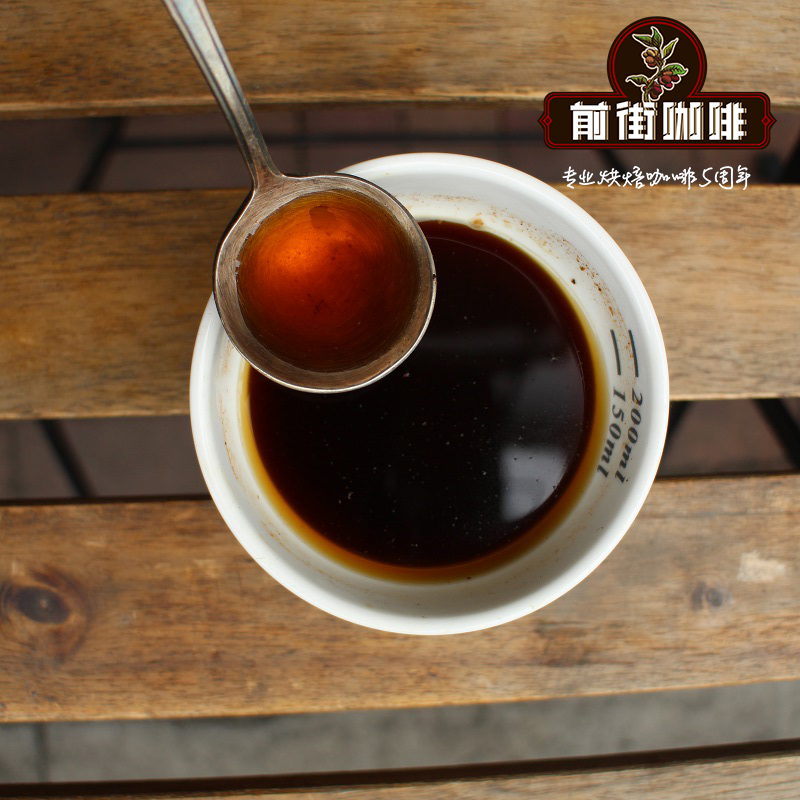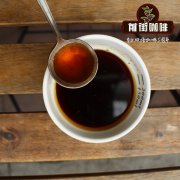How do you drink Panamanian rosy summer coffee? How do you roast Panamanian roasted coffee? What is Rosa Coffee

Professional coffee knowledge exchange More coffee bean information Please pay attention to coffee workshop (Weixin Official Accounts cafe_style)
A variant of Typica exported from the Geisha Mountains in southern Ethiopia in 1931, Geisha is also known as a geisha bean because it has the same pronunciation as the Japanese word for geisha. Several countries tried to grow it, but it remained unknown until it was transplanted to Panama in 1961. Geisha, produced by Panama Estate since 2005, shines brightly and becomes a frequent visitor to COE.
Guixia Coffee, English is Geisha Coffee, because transliteration is the same as Japanese geisha, and has the name of geisha coffee, but many baristas do not like this title, they think this coffee should not have the impression of Japanese geisha, so more and more people use the name Chinese Guixia, which sounds more beautiful.
Café de Rosedale was celebrated on his estate in Panama, but he was the story of an alien prince who succeeded in becoming the new king. The rosewood coffee tree was discovered in Ethiopia and later transferred by the Coffee Research Institute in Kenya to many African countries such as Uganda and Tanzania, where it was not valued but used for research.
Later, after someone introduced rose summer coffee to Costa Rica, through Don Pachi Manor, rose summer coffee was brought to Panama. Each manor could see some rose summer trees, because they were used as windbreaks for coffee trees. Yes, you are right. The yield of rose summer trees is not stable, and they are often mixed with ordinary coffee beans. It is not a main coffee bean project. It wasn't until about 2000 AD that a manor discovered that the taste of rose summer was actually very delicious, and it was not sure whether this taste would appeal to the discerning coffee lover.
If he wanted to fully reveal his personality, he would have to work hard on baking. Rose summer is generally planted at a high altitude of more than 1500 meters. What we get from Front Street Coffee is 1700m hardness and high density beans, which are full in shape, medium in particle size, thick and long in body, and pointed at both ends.
In order to highlight the characteristics and aroma of this bean, Qianjie Coffee uses light roasting, so that the roasting degree can give full play to the characteristics of the bean itself, too deep will lose the flower aroma and fruit acid, of course, this should also be adjusted according to the characteristics of the coffee bean and the understanding of the roaster for the bean itself.
Front Street in the baking process should pay attention to, rose summer baking curve should not be too long, otherwise the flavor will be rigid. After a burst should not be too high temperature rise, rose summer two sharp, easy to have black focus, 6 degrees below the temperature rise will be better, shallow baking more revealing tea rose aroma.
Front Street Brewing Suggestion Parameters:
Cake Cup/91℃/1:15/Time 2 10"
Flavor: rose tea, citrus, jasmine, sucrose, green tea, etc.
Important Notice :
前街咖啡 FrontStreet Coffee has moved to new addredd:
FrontStreet Coffee Address: 315,Donghua East Road,GuangZhou
Tel:020 38364473
- Prev

Is Katim Coffee Bean Arabica Coffee Variety? Yunnan small Coffee Katim Variety Flavor
Professional coffee knowledge exchange more coffee bean information Please follow the coffee workshop (Wechat official account cafe_style) Southern Yunnan is located in low latitude, high altitude, large temperature difference between day and night. The unique advantages of natural conditions are especially suitable for the growth of small-grain coffee, and it is the most suitable area for producing high-quality coffee in the country. Yunnan coffee is mostly planted in dry areas at an altitude of 1000 to 2000 meters above sea level.
- Next

How do you drink Panamanian rosy summer coffee? How do you roast Panamanian roasted coffee? What is Rosa Coffee
For more information on coffee beans, please follow the coffee workshop (Wechat official account cafe_style) A variety of Typica exported from the Geisha Mountains in southern Ethiopia in 1931. Geisha is also known as geisha beans because it is synonymous with Japanese geisha. Several countries have tried to grow it, but it has been unknown and was transplanted to Panama in 1961. Since 2005, Pakistan
Related
- Detailed explanation of Jadeite planting Land in Panamanian Jadeite Manor introduction to the grading system of Jadeite competitive bidding, Red bid, Green bid and Rose Summer
- Story of Coffee planting in Brenka region of Costa Rica Stonehenge Manor anaerobic heavy honey treatment of flavor mouth
- What's on the barrel of Blue Mountain Coffee beans?
- Can American coffee also pull flowers? How to use hot American style to pull out a good-looking pattern?
- Can you make a cold extract with coffee beans? What is the right proportion for cold-extracted coffee formula?
- Indonesian PWN Gold Mandrine Coffee Origin Features Flavor How to Chong? Mandolin coffee is American.
- A brief introduction to the flavor characteristics of Brazilian yellow bourbon coffee beans
- What is the effect of different water quality on the flavor of cold-extracted coffee? What kind of water is best for brewing coffee?
- Why do you think of Rose Summer whenever you mention Panamanian coffee?
- Introduction to the characteristics of authentic blue mountain coffee bean producing areas? What is the CIB Coffee Authority in Jamaica?

